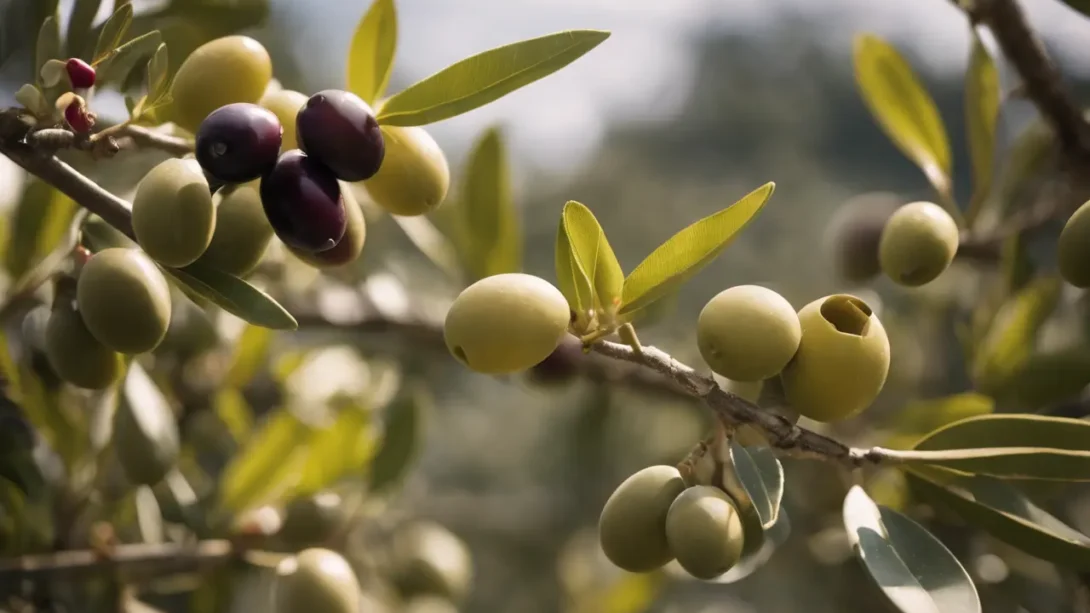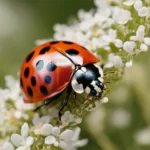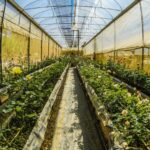Olive oil, a staple of the Mediterranean diet, boasts a rich history dating back thousands of years. Revered for its culinary uses, health benefits, and even ceremonial purposes, olive oil’s journey from the grove to your kitchen is a fascinating process. At the heart of this journey is a crucial question: How many olives does it take to make olive oil? Understanding the answer requires a deep dive into the life of the olive tree, the methods of oil extraction, and the numerous factors influencing oil yield.
The Olive Tree: A Primer
The Olea europaea, or common olive tree, is a symbol of peace, wisdom, and prosperity. Thriving in the Mediterranean climate, these trees prefer sunny positions and well-drained soil, capable of living for hundreds, if not thousands, of years. The variety of the olive plays a pivotal role in determining the flavor, quality, and oil yield. From the robust Picual in Spain to the delicate Koroneiki in Greece, each variety has its unique characteristics.
Cultivating olive trees is a long-term commitment. It can take between 3 to 5 years for a tree to start bearing fruit, and full productivity is reached at around 7 to 10 years. The trees bloom in late spring, with fruit maturing and ready for harvest from fall to early winter. The timing of the harvest is crucial; olives picked at the start of the season yield less oil, which is, however, of higher quality due to higher polyphenol content.
From Olives to Oil: The Extraction Process
The transformation of olives into oil is both an art and a science. Harvesting methods range from traditional hand-picking to modern mechanical shakers that gently coax the olives from the branches. Once harvested, the olives undergo a meticulous cleaning process, removing leaves, twigs, and any other debris to ensure the purity of the oil.
The heart of olive oil production is the extraction process, beginning with crushing the olives into a paste. This paste is then mixed in a process called malaxation, allowing the tiny oil droplets to combine into larger ones, which are easier to separate. Finally, the oil is separated from the water and solid particles through centrifugation. Cold pressing, a method that avoids heat and chemical treatments, preserves the natural flavors and nutritional properties of the oil, yielding a product of the highest quality.
How Many Olives Make a Bottle?
One of the most intriguing aspects of olive oil production is the yield: the amount of oil produced relative to the weight of olives processed. This yield can vary widely based on several factors, including the olive variety, the age of the tree, the climate and soil conditions where the tree is grown, and the specific practices employed during harvesting and pressing.
On average, it takes about 5 to 10 kilos of olives to produce a liter of olive oil. However, this is a rough estimate, as the actual number can fluctuate. For instance, younger trees or those grown in less than ideal conditions may produce less oil, while mature trees in optimal environments can be more productive. The timing of the harvest also plays a critical role; olives harvested early in the season tend to yield less oil than those picked later, though the early-harvest oil is often prized for its richer flavor and higher antioxidant content.
Real-world yields can serve as a fascinating study in the variability of olive oil production. For example, in some regions of Italy, traditional methods and specific olive varieties may yield as little as 7 liters of oil per 100 kilos of olives, while more intensive farming techniques in other areas might produce 20 liters or more from the same amount of fruit. The disparity in yields highlights the importance of region, variety, and technique in olive oil production.
The Economics of Olive Oil Production
The economic aspects of olive oil production are closely tied to the yield. Higher yields can lead to more efficient production and potentially lower costs, but this is not always the case. The expenses involved in cultivating olive trees, harvesting the fruit, and extracting the oil can be significant, especially for producers committed to maintaining high-quality standards through methods like hand-picking and cold pressing.
The price of olive oil on the global market is influenced by many factors, including yield fluctuations, which are themselves impacted by climate conditions, disease, and other agricultural challenges. For instance, a poor harvest in a major olive oil-producing region can drive up prices worldwide, reflecting the delicate balance between supply and demand.
Sustainability practices in olive farming and oil production also have economic implications. Practices such as organic farming, water conservation, and responsible waste management can increase production costs. However, they also contribute to the long-term viability of olive oil production and appeal to consumers increasingly concerned with environmental and ethical considerations.
Maximizing Yield and Quality
Achieving the optimal balance between yield and quality is the goal of every olive oil producer. Agricultural techniques play a significant role in this quest. Proper irrigation, especially in regions with irregular rainfall, can significantly affect both the quantity and quality of the olive harvest. Pruning is another critical practice; by removing old or unproductive branches, farmers can encourage the growth of new fruiting wood, which can lead to higher yields in subsequent seasons.
Pest management is also vital. Pests such as the olive fruit fly can devastate crops, reducing both yield and quality. Integrated pest management strategies, which may include biological, cultural, and chemical controls, help protect the trees and ensure healthy, productive harvests.
The timing of the harvest is crucial for maximizing oil yield and quality. Olives harvested too early may produce oil with a fresher, more vibrant flavor but in smaller quantities. Conversely, olives picked too late might yield more oil, but with a higher acidity level and a less desirable flavor profile. Thus, producers must carefully balance these factors when deciding when to harvest.
Advancements in extraction technology have also played a significant role in improving yield and quality. Modern centrifuges can extract oil more efficiently and with less waste than traditional presses. Similarly, innovations in storage and transportation help preserve the oil’s quality from the grove to the consumer by minimizing exposure to light, air, and heat, which can degrade the oil.
Conclusion
Understanding the journey from olive to oil illuminates the complex interplay of factors that determine how many olives are needed to produce a bottle of olive oil. It’s a process deeply rooted in tradition yet continually evolving through modern science and technology. This knowledge not only enhances our appreciation for this ancient culinary staple but also underscores the importance of supporting sustainable and high-quality production practices.
As consumers, exploring different types of olive oil can be a delightful way to connect with the rich tapestry of cultures and landscapes that produce this golden liquid. Each bottle tells a story of the earth, the climate, and the myriad hands that cultivated, harvested, and transformed the olives into the oil within. By choosing to support producers who prioritize sustainability and quality, we contribute to the preservation of this invaluable tradition for future generations.



